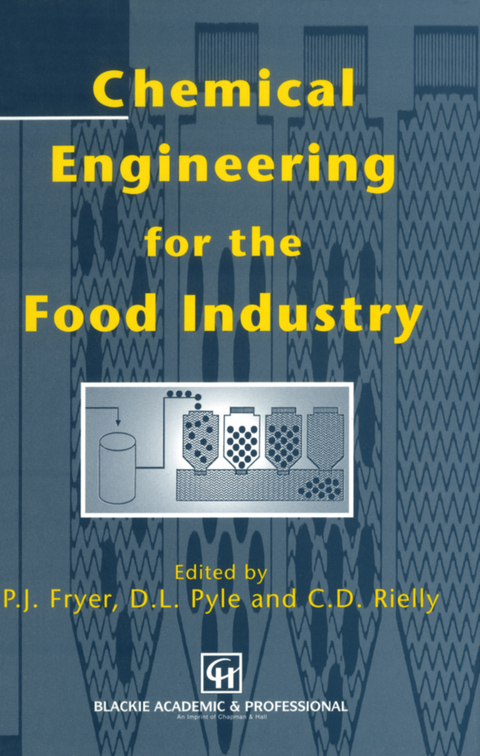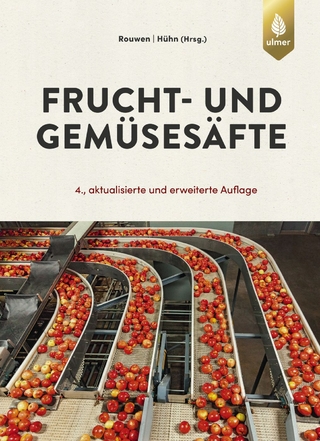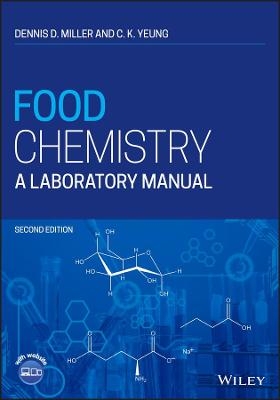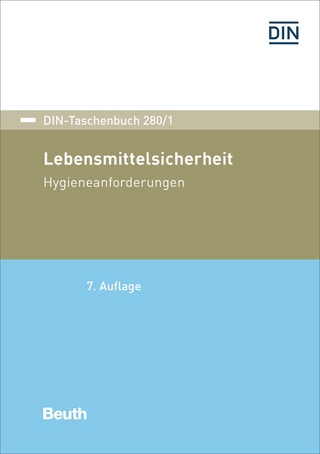
Chemical Engineering for the Food Industry
Springer-Verlag New York Inc.
978-1-4613-6724-6 (ISBN)
Industrial food processing involves the production of added value foods on a large scale; these foods are made by mixing and processing different ingredients in a prescribed way. The food industry, historically, has not designed its processes in an engineering sense, i.e. by understanding the physical and chemical principles which govern the operation of the plant and then using those principles to develop a process. Rather, processes have been 'designed' by purchasing equipment from a range of suppliers and then connecting that equipment together to form a complete process. When the process being run has essentially been scaled up from the kitchen then this may not matter. However, there are limits to the approach. • As the industry becomes more sophisticated, and economies of scale are exploited, then the size of plant reaches a scale where systematic design techniques are needed. • The range of processes and products made by the food industry has increased to include foods which have no kitchen counterpart, such as low-fat spreads. • It is vital to ensure the quality and safety of the product. • Plant must be flexible and able to cope with the need to make a variety of products from a range of ingredients. This is especially important as markets evolve with time. • The traditional design process cannot readily handle multi-product and multi-stream operations. • Processes must be energetically efficient and meet modern environmen tal standards.
1 Introduction to process design.- Appendix 1.A: Some basic definitions.- Conclusions.- Further reading.- 2 Newtonian fluid mechanics.- Conclusions.- Further reading.- 3 Introduction to heat transfer.- Conclusions.- Further reading.- 4 Mass transfer in food and bioprocesses.- Conclusions.- Further reading.- 5 Food rheology.- Appendix 5.A: Linear viscoelastic Maxwell element.- Appendix 5.B: Concentric cylinder viscometer.- Appendix 5.C: Cone and plate viscometer.- Conclusions.- References and further reading.- 6 Process design: heat integration.- Conclusions.- 7 Process control.- Conclusions.- Further reading.- 8 Reactors and reactions in food processing.- Conclusions.- References and further reading.- 9 Thermal treatment of foods.- Conclusions.- References and further reading.- 10 Mixing in food processing.- Conclusions.- References and further reading.- 11 Process design: an exercise and simulation examples.- Conclusions.- Overall conclusions.
| Reihe/Serie | Food Engineering Series |
|---|---|
| Zusatzinfo | XVIII, 462 p. |
| Verlagsort | New York, NY |
| Sprache | englisch |
| Maße | 155 x 235 mm |
| Themenwelt | Technik ► Lebensmitteltechnologie |
| ISBN-10 | 1-4613-6724-7 / 1461367247 |
| ISBN-13 | 978-1-4613-6724-6 / 9781461367246 |
| Zustand | Neuware |
| Haben Sie eine Frage zum Produkt? |
aus dem Bereich


